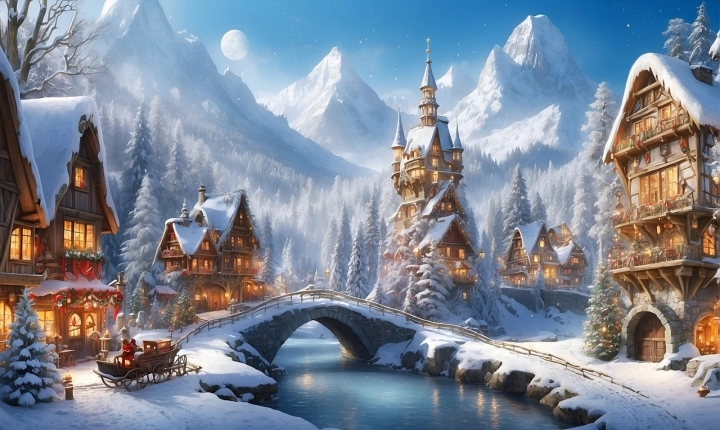Is AI Art Dying?
Artificial Intelligence (AI) has been a hot topic in the art world for several years now, with groundbreaking advancements in the realm of AI-generated art. However, some recent developments have raised questions about the future of AI art. Is AI art dying, or is it simply evolving in unexpected ways?
One of the main concerns surrounding AI art is the issue of originality and authenticity. Many critics argue that AI-generated art lacks the emotional depth and creative spark that comes from human artists. They claim that AI art is merely a replication of existing styles and techniques, devoid of the personal expression and unique perspective that human artists bring to their work. As a result, some fear that AI art is becoming stagnant and unoriginal, leading to a decline in interest and relevance.
Another factor contributing to the perceived decline of AI art is the saturation of the market with AI-generated artwork. As AI technology becomes more accessible, there has been an explosion of AI-generated art flooding the market. This oversaturation has led to a devaluation of AI art, with many pieces being dismissed as mere novelty or gimmick rather than serious artistic endeavors. Additionally, the commodification of AI art has led to concerns about the exploitation of AI technology for commercial gain, overshadowing the potential for genuine artistic innovation.
Despite these challenges, there are also indications that AI art is not dying, but rather evolving in unexpected ways. Some artists and creators are embracing AI as a tool for collaboration, using it to expand their artistic capabilities and explore new creative possibilities. Rather than viewing AI as a threat to traditional art, these artists are incorporating AI as a complementary tool to enhance their own artistic vision.
Furthermore, the development of AI art is evolving beyond just visual art. AI technology is being used to create music, literature, and other forms of artistic expression, expanding the scope of AI-generated creativity. This diversification suggests that AI art is not simply disappearing, but rather branching out into new and unexplored artistic territories.
Moreover, the debate over the authenticity of AI art raises important questions about the nature of art in the digital age. As AI technology continues to advance, the boundaries between human and machine creativity are blurring, challenging traditional notions of artistic authorship and creativity. This shift prompts us to reconsider what it means to create art in a world where technology plays an increasingly prominent role.
In conclusion, while there are valid concerns about the current state of AI art, it is premature to declare that AI art is dying. Instead, AI art is at a crossroads, grappling with questions of authenticity, originality, and commercialization. The trajectory of AI art will depend on how artists, technologists, and the broader art community navigate these challenges and harness the potential of AI technology in creative and innovative ways. As AI continues to evolve, so too will the landscape of AI art, shaping the future of artistic expression in unforeseen ways.
